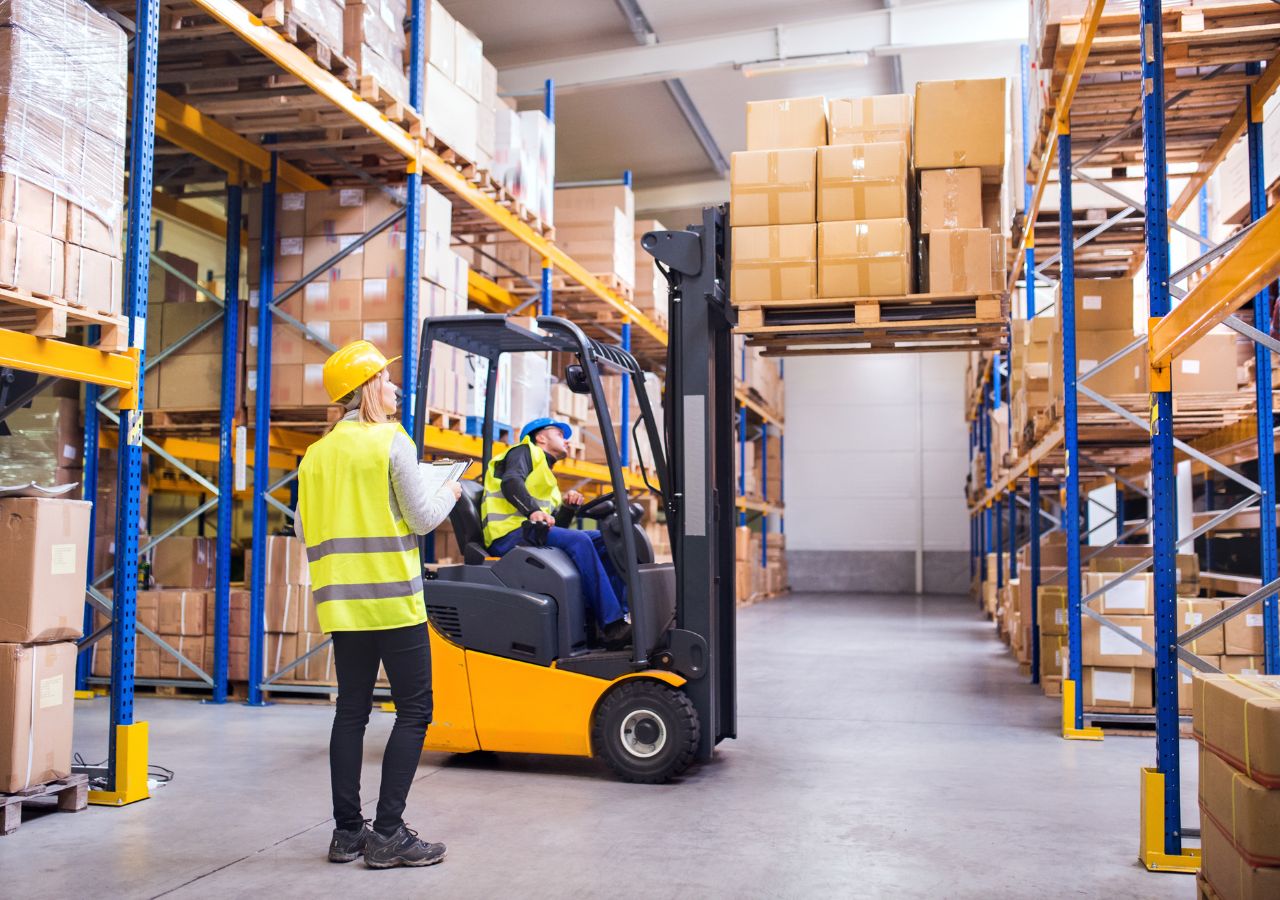
It should come as no surprise that warehouse safety is serious business. In fact, warehouses are among the most potentially dangerous places in which to work. The Occupational Safety and Health Administration (OSHA) reports the fatal injury rate for the warehousing industry is higher than the national average for all industries. But that doesn’t mean warehouse injuries are unavoidable.
Here are seven warehouse safety guidelines you should incorporate into your routine.
Seven Warehouse Safety Guidelines
1. Keep Work Areas Clean
A cluttered warehouse invites slips, trips, and falls, so dispose of trash and recyclables immediately. Keep tables and desks clear and organized. Finally, secure cables and cords that could make co-workers trip if they’re not paying attention.
2. Only Operate Equipment You’re Certified For
It may seem like a time-saver to try and use equipment yourself rather than getting qualified assistance. But heavy equipment – particularly forklifts – represent the deadliest warehouse risks. If you’re not certified in a piece of equipment, don’t use it. Full stop.
3. Clearly Mark Work Areas
Consider using tape to mark the outlines of work areas as well as forklift and pallet jack paths. Then, keep these areas clear.
4. Wear Protective Equipment
Personal protective equipment (PPE) can include safety vests, steel toe boots, and hard hats. Depending on the materials stored in your warehouse and the concentration of COVID or other viruses in your area, you may also need to wear surgical style or N95 masks, gloves, and safety goggles. Check with your supervisor if you don’t have or can’t locate protective gear.
5. Inspect Equipment Regularly
Your training should have included instructions and schedules for maintaining racks, conveyors, and lift equipment. Make sure to follow these protocols religiously.
6. Participate in Regular Safety Training
You should have received safety training as part of your onboarding. But safety training isn’t a one-and-done situation. Take advantage of regularly scheduled training sessions to keep up with new safety standards, equipment instructions, and other factors that affect the way you do your job.
For more workplace safety tips, click here.





